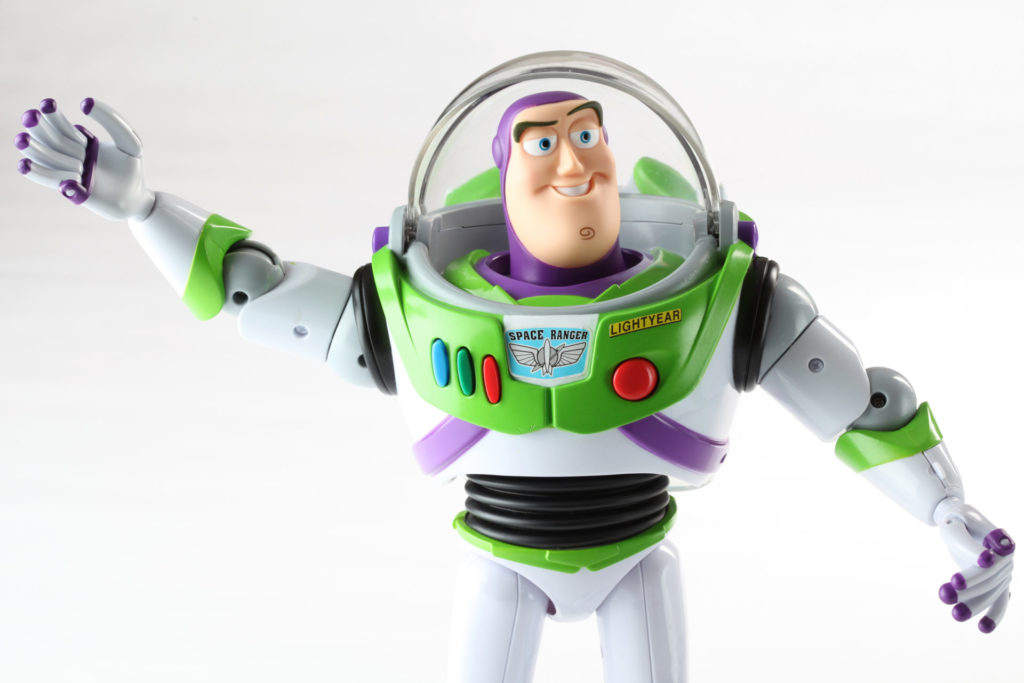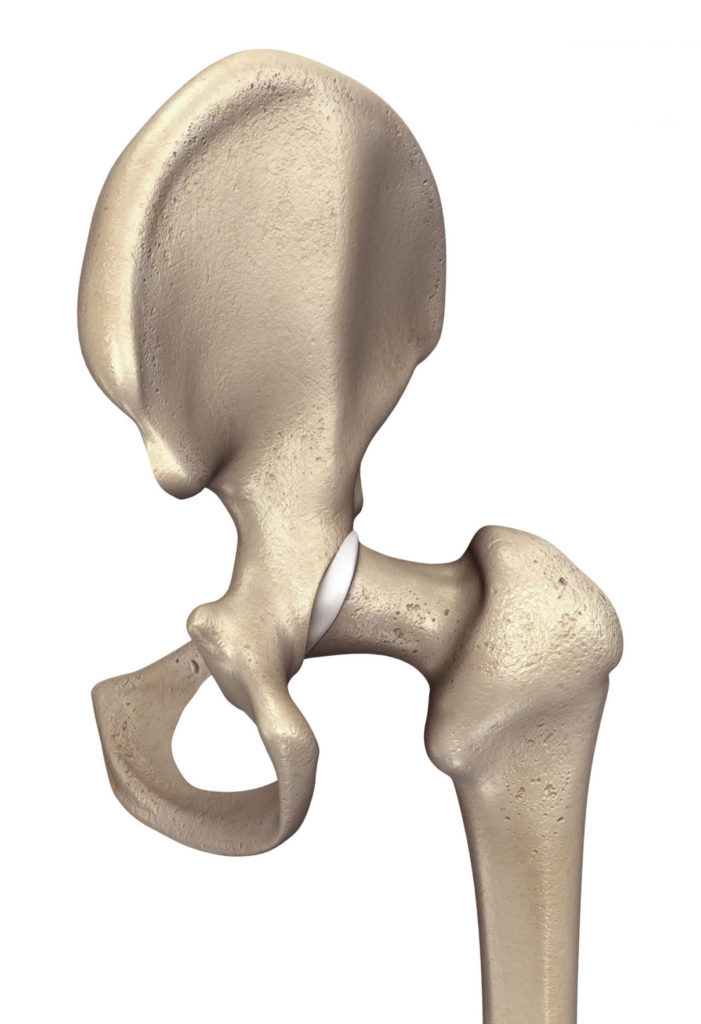
Shoulder
The shoulder is the most vulnerable joint in the body. You might guess it’s the knee because knee pain is quite common. But the knee is a hinge joint, which is more durable than a ball-and-socket joint.

The shoulder is technically a ball and socket joint…but it’s actually more of a ball-and-saucer joint. As a result, it is more susceptible to shear forces and potential dislocation. The hip is also a ball-and-socket joint, but it has a deeper socket architecture and is therefore well-protected. What we sacrifice in protection, we gain in mobility. We need to be able to move our arms in big arcs in different planes of motion. Imagine trying to reach for something in the backseat of the car with your leg.

Fortunately, the shoulder is not a weight-bearing joint, which minimizes the risk of injury. But it doesn’t eradicate it. Play catch with your kid for an hour and see how your shoulder feels. Or play violin for decades and don’t be surprised if you need some physical therapy. Activities that promote internal rotation of the humerus (e.g. playing a string instrument), and especially ones that add velocity (e.g. baseball or football), set the stage for shoulder complications.

Poor posture also precipitates shoulder issues, and is an insidious culprit. Slouched posture leads to neck and shoulder problems due to forward head position and internal rotation of the shoulder. The most effective way to maintain a healthy shoulder is to train the opposite motions (e.g. external rotation), strengthen the weak muscles (e.g. rhomboids), stretch the inhibited muscles (e.g. pectorals), and avoid exercises that increase insult to the joint (e.g. dumbbell pec fly).
